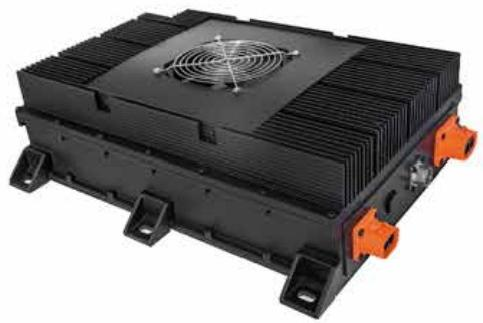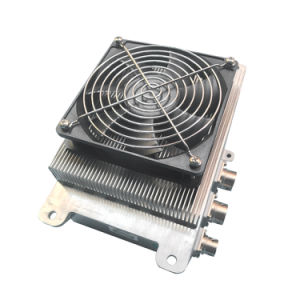In the ever-evolving landscape of electric vehicles (EVs) and portable electronic devices, lithium-ion battery packs have emerged as the powerhouse behind sustainable and efficient energy storage. Among the crucial components that contribute to the success of lithium batteries, the on board charger plays a pivotal role in ensuring seamless charging experiences and optimal performance. This blog delves into the fascinating world of on board charger, shedding light on their significance, functionality, and the impact they have on the future of clean energy.
Understanding the Basics:
An on-board charger, often abbreviated as OBC, is an integral part of an electric vehicle or any device powered by a lithium-ion battery. Its primary function is to convert incoming AC (alternating current) from an external power source, such as a charging station or a wall outlet, into DC (direct current) suitable for charging the lithium battery pack. Essentially, the on-board charger serves as the bridge between the external power supply and the internal battery, managing the charging process efficiently.

Efficiency and Power Management:
One of the key considerations in the design of on-board chargers is efficiency. High-efficiency chargers minimize energy loss during the charging process, ensuring that more of the electrical energy from the source is effectively transferred to the battery. This not only speeds up the charging time but also reduces the overall energy consumption, making the charging process more sustainable.
Moreover, on board charger are equipped with advanced power management systems that regulate the charging current and voltage, preventing overcharging or overheating of the lithium battery pack. These safety features are critical to ensuring the longevity and reliability of the battery, addressing concerns related to battery degradation and potential safety hazards.
Charging Protocols and Compatibility:
On-board chargers are designed to comply with specific charging protocols, such as the widely adopted CHAdeMO, CCS (Combined Charging System), and Tesla Supercharger standards. These protocols define the communication and power delivery standards between the charger and the electric vehicle, allowing for interoperability and compatibility across different charging networks.

The Future Landscape:
As the demand for electric vehicles continues to rise and advancements in battery technology unfold, the role of on-board chargers is becoming even more significant. Emerging technologies, such as bidirectional charging, enable EVs not only to consume energy but also to feed excess energy back to the grid or power other devices—a concept known as vehicle-to-grid (V2G) technology. On-board chargers are at the forefront of enabling such innovations, paving the way for a more interconnected and sustainable energy ecosystem.
Conclusion:
In the journey towards a greener and more sustainable future, the on-board charger for lithium battery packs emerges as a silent hero, facilitating the seamless integration of electric vehicles and portable electronic devices into our daily lives. With a focus on efficiency, safety, and compatibility, on-board chargers play a vital role in shaping the landscape of clean energy and driving the transition towards a more electrified and sustainable world.
Contact Person: Miss. Kiki
| WhatsApp : | +8617763224709 |
|---|---|
| Skype : | +8617763224709 |
| WeChat : | +8617763224709 |
| Email : | kiki@lifepo4-battery.com |